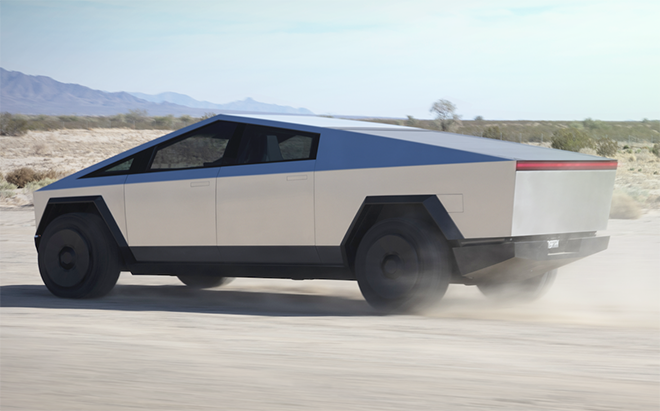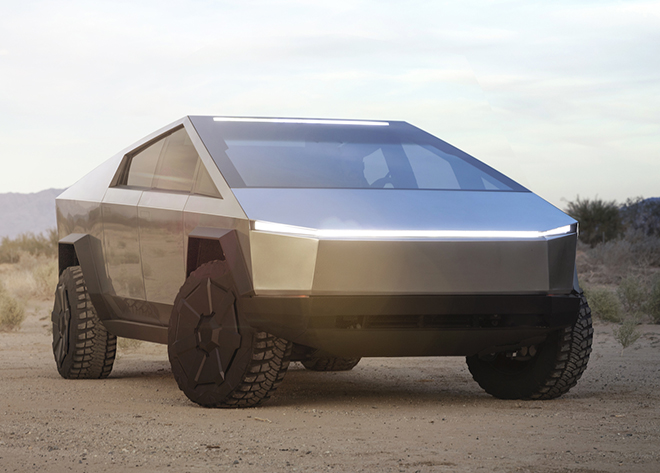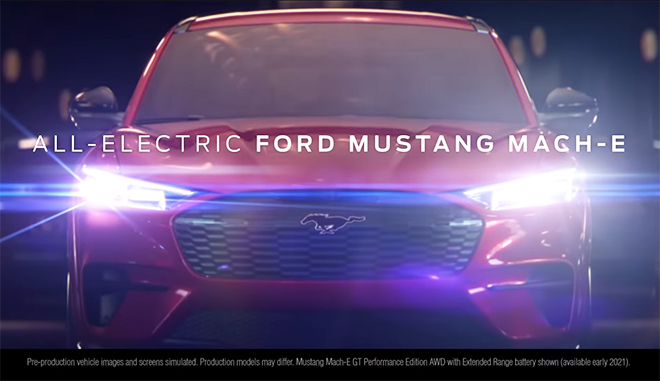Sponsored by ABB By Heather Flanagan, Marketing Manager of EV Infrastructure at ABB Inc. Charging standards are far more mature than they were a few years ago when the first production EV’s were landing in the hands of early adopters. EVs and related charging technologies have continued to evolve, keeping the whole industry on its… Read more »
Search Results Found For: "DOE "
Tesla activates Trans-Canadian Supercharger route
This may not be as momentous an occasion as the 1869 opening of the Transcontinental Railroad – but almost. Tesla’s Trans-Canada Supercharger route, which has been under construction for over a year, is now operational, allowing Tesla drivers to take the northern route from coast to coast. Most of the locations are equipped with Tesla’s… Read more »
California to ban time-based billing for EV charging
California’s Office of Administrative Law has approved amendments to its Electric Vehicle Fueling Systems Specifications that will eventually ban public charging operators from billing by the minute in the state. The ban will apply to new Level 2 chargers beginning in 2021, and to new DC fast chargers beginning in 2023. Chargers installed before 2021… Read more »
2020 Taycan: The Germans respond to Tesla with an excellent new Porsche and a valiant EV effort
Probably no manufacturer felt as stunned and threatened as Porsche by the 2012 arrival of the Tesla Model S – and the acclaim that followed. The German brand enjoyed an unparalleled reputation as the maker of fast, sleek, and pricey sports cars, and had lately expanded into high-end SUVs and then sedans. In early 2013,… Read more »
EVmatch: A simple, low-cost way to monetize your charging stations
Electric vehicles are a perfect fit for the sharing economy. Teslas and other EVs are some of the most popular vehicles on peer-to-peer car rental platform Turo. Many of the new car-sharing platforms that are popping up feature EVs. In the near future, EV owners could be earning money by letting utilities use their vehicle… Read more »
Tesla Cybertruck may be more aerodynamic than expected – Elon Musk says it could deliver a 0.30 Cd
Once they got over the smashed windows, the next thing many of the Cybertruck’s detractors focused on was its unconventional boxy shape. At first glance, the vehicle surely looks un-aerodynamic, which would be a serious drawback for any EV. However, as more information emerges, it turns out that the Cybertruck’s angular form might be almost… Read more »
Everybody’s talking about Tesla’s Cybertruck
In show business, when you don’t like an act, but you don’t want to say anything negative, you say it’s “interesting.” Well, the word “interesting” is getting a lot of use today, after Tesla unveiled what is definitely its most radical-looking vehicle, and perhaps the most radical-looking production vehicle in automotive history. I think the… Read more »
Ford Mustang Mach-E bursts out of the gate with a marketing blitz
Even though we haven’t driven one yet, we have no doubt that Ford’s new Mustang Mach-E electric crossover is a great vehicle – Ford wouldn’t produce a piece of crap, especially one that bears the Mustang name. But as every regular Charged reader knows, the real question is, does the company plan to do the… Read more »
Why did Porsche go to the trouble of designing an 800 V Taycan EV?
How higher-voltage battery packs enable faster charging ecosystems Porsche took on a considerable engineering challenge when it decided to design an 800 V EV system for the Taycan, because nearly every other hybrid and EV in the world operates at 400 V or less. There simply was not a wide range of high-voltage off-the-shelf parts… Read more »
Battery cooling performance: Comparing liquid-dispense gap fillers with thermal pads
Sponsored by LORD Corporation The focus of LORD Corporation’s study is to investigate how the superior thermal transfer provided by gap fillers versus gap pads affects cooling of actual battery modules. Battery modules were assembled using LORD gap fillers with thermal conductivity of 2 and 4 W/m·K, and also with commercially available gap pads of… Read more »













